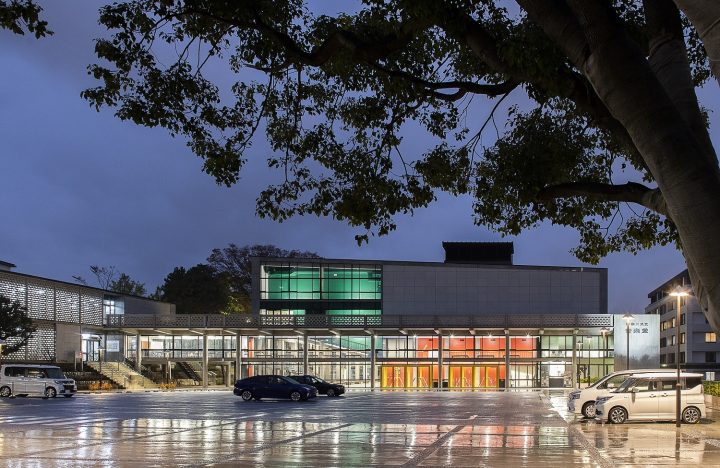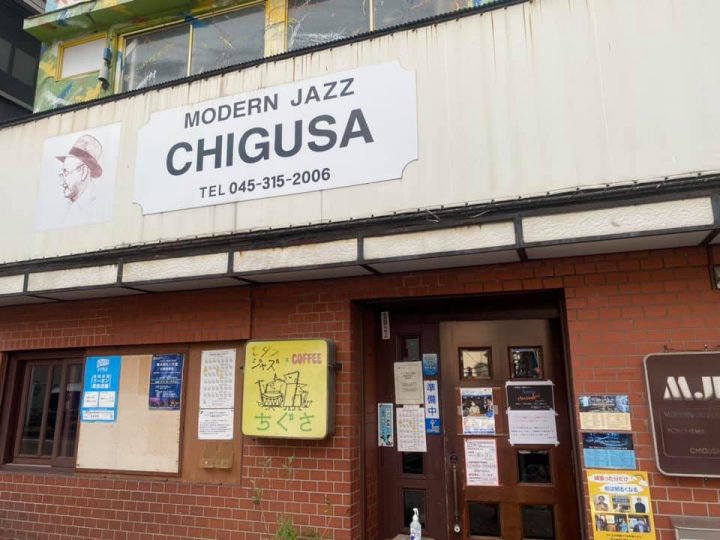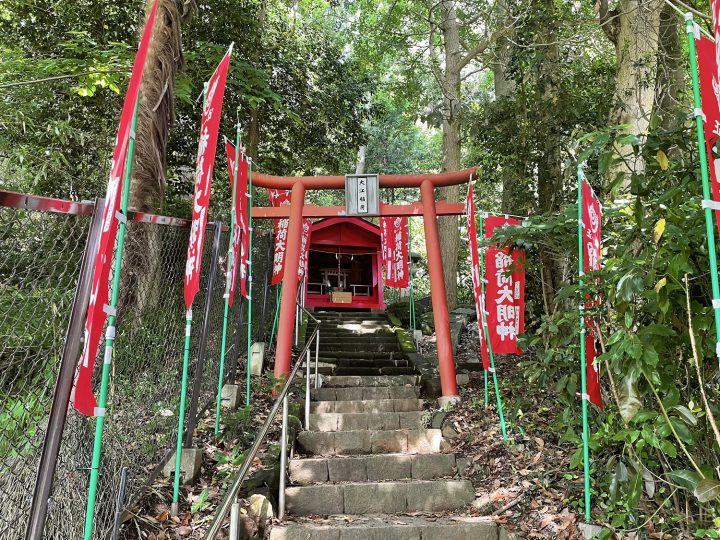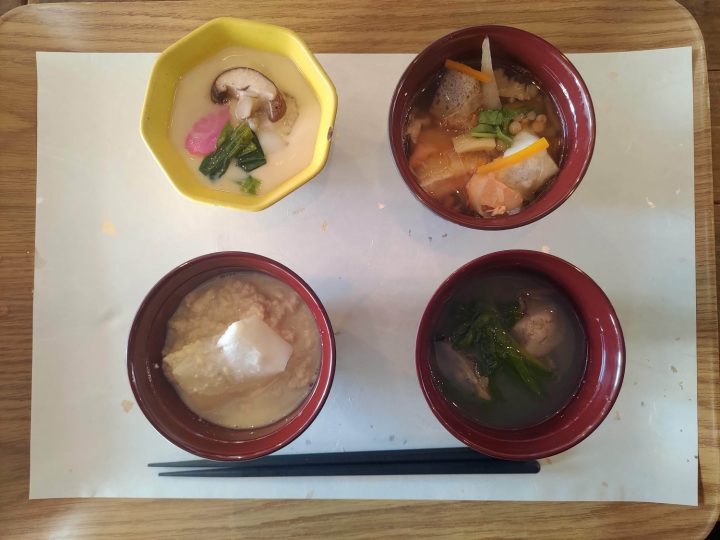The history and future of Enoshima Electric Railway
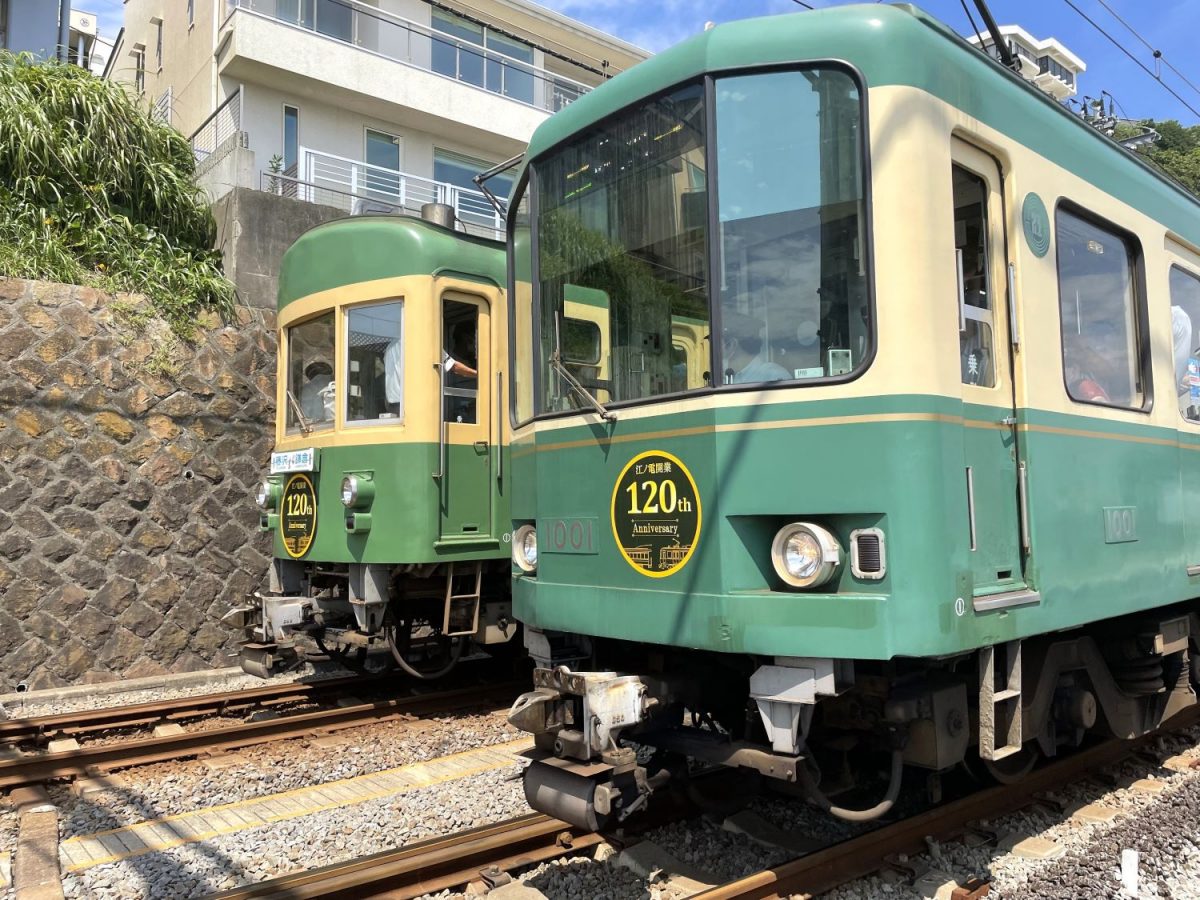
Enoshima Electric Railway is the sixth electric railway to open in Japan, and is a very historic railway that will celebrate its 120th anniversary on September 1, 2022. At the time, Japan had won the Sino-Japanese War and was experiencing an unprecedented economic boom due to the development of industry, and it is said that there were plans to build railways all over the country (the first railway boom).
In the midst of all this, the Enoshima Electric Railway Company was established in 1900, but initially construction was slow to progress due to opposition from the rickshaw union and local residents. However, thanks to persistent persuasion and the provision of land by volunteers, the line was finally completed in 1902 (Meiji 35).
It opened on September 1st, covering the 3.42km operating section between Fujisawa and Katase.
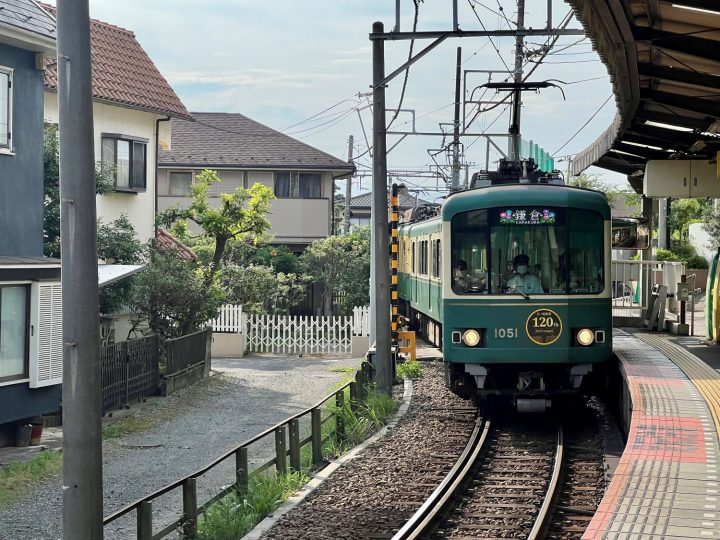
The line, which connected Enoshima, a place where people would break their fast after making a pilgrimage to Mt. Oyama, with Fujisawa on the Tokaido Main Line, which had already been extended to Kobe, could be said to have been both a commuter line and a tourist line from the time it opened. From there, it was extended several times, and in 1910 the entire line (approximately 10 km) was opened to Komachi (near present-day Kamakura Station). When the entire line first opened, there were 39 stations on the 10.27 km line, more than double the number of stations there are today.
Furthermore, stations have since been relocated, merged, and renamed to meet the needs of tourists and beachgoers (the current Enoshima Station was renamed from Katase in the early Showa period). Currently, there are 15 stations along the 10.0 km line.
Where do you think the Enoshima Electric Railway starts?
When you think of the Enoshima Electric Railway, many people may imagine it departing from Kamakura. If you look at the history of its opening, you can see that Fujisawa is its starting point. (That's why it's expressed as Fujisawa → Kamakura: Downbound, Kamakura → Fujisawa: Upbound.)
The Enoshima Electric Railway, which runs between Fujisawa and Kamakura, is a 10.0km stretch that includes some of Japan's most popular tourist spots, including Kamakura, its terminus, as well as Enoshima, Shichirigahama, Gokurakuji, and Hase, and is used by many tourists every year.
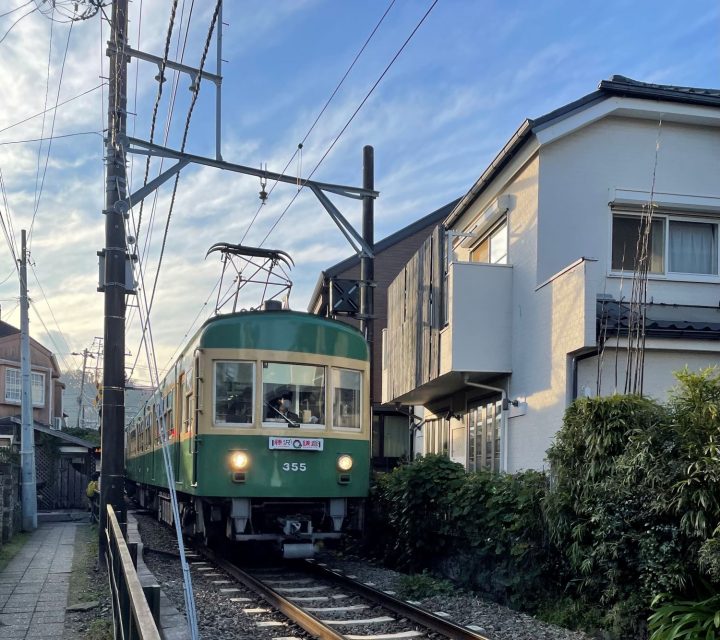
In addition, there are many houses and schools along the line, and it is used as a route for local residents (the sight of the train running between residential areas is already a distinctive feature of the Enoshima Electric Railway).
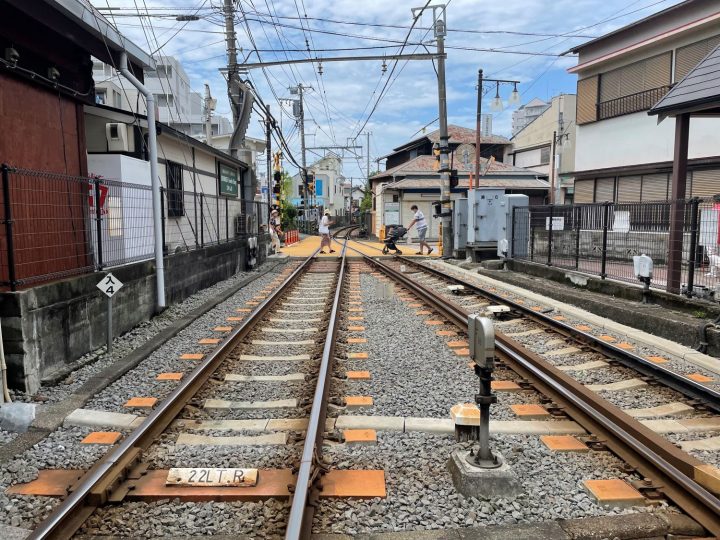
The Enoshima Electric Railway is popular both in Japan and overseas, and before COVID-19 it was said to have around 20 million annual users.
We spoke with Ariyoshi Yoichi of the General Affairs Department at Enoshima Electric Railway Co., Ltd. about how the company plans to contribute to the development of the local community in the post-COVID era, after experiencing tough operations during the pandemic.
Q: Before COVID-19, this route was used by approximately 20 million passengers per year. I understand that the number of passengers has fallen by more than 50% due to COVID-19. To what extent has the number of passengers recovered due to the easing of restrictions on foreign visitors to Japan and the easing of travel restrictions for domestic travelers?
-This is a 20% increase compared to fiscal 2020 and fiscal 2021.
This is a 30% decrease compared to the peak of the coronavirus pandemic.
Compared to the same period a year ago (January), the number has increased.
Q. What kind of infection prevention measures is Enoshima Electric Railway taking to ensure that customers can use the trains with peace of mind?
The main implementation contents are as follows:
・ Thorough health management for all station staff and crew members, wearing masks while working, and taking temperatures before coming to work
・Disinfection of ticket machine screens and handrails at all stations, and disinfection of train and bus interiors
・Announcements calling for ventilation in crowded trains, and staff opening windows to ventilate
・Notifications to customers via our website, announcements at stations, and on trains and buses
Q. Enoshima Electric Railway is a line with two different characteristics: a tourist line and a daily life line, but it is expected that the number of tourists will increase after COVID-19. What measures do you think are necessary to maintain convenience for both tourists and local residents in the future?
We hope to continue to welcome as many customers as possible, while taking all necessary safety measures and preventing the spread of COVID-19.
Q. What role do you think Enoshima Electric Railway should play in the further development of the Enoshima-Kamakura area?
We would like to work together with everyone to build our role as a public transportation system and what the region should be like as the times change.
Q. Please say a few words for 2024!
The Enoshima Electric Railway, which stretches for 10.0 km, has many historical attractions.
All our staff look forward to welcoming you to the Shonan area.
Why not go and see the Enoshima Electric Railway, with its retro atmosphere that is unique to Kanagawa?
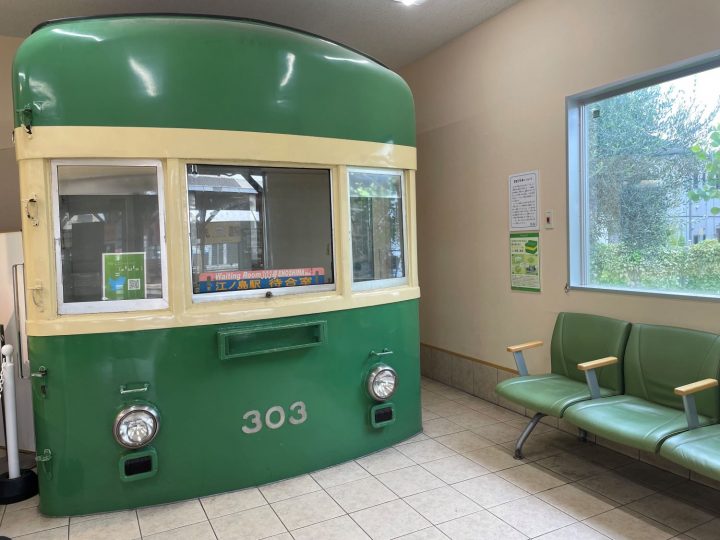
Trivia: We asked the Enoshima Electric Railway!
Q. What are the 39 stations that were originally opened?
A. The 39 stations are as follows:
1. Fujisawa 2. Ishigami 3. Kawabukuro 4. Fujigaya 5. Kugenuma 6. Shinyashiki 7. Nishikata
8. Hamasuka 9. Yamamotobashi 10. Katase 11. Tatsunokuchi 12. Nakahara 13. Tsuchihashi
14. Kobe Bridge 15. Yato 16. Manpukujishita 17. Koshigoe 18. Odegaura
19. Hizaka 20. Yazawa 21. Shichirigahama 22. Minenohara 23. Tanabe 24. Yukiai
25. Oiba 26. Ubagatani 27. Silent Bridge 28. Inamuragasaki 29. Sunakozaka
30. Gokurakuji Temple 31. Gongoro Shrine 32. Hase 33. Yuigahama 34. Kaigandori
35. Haranodai 36. Behind the school 37. Omachi 38. Storehouse 39. Komachi
The only four stations that have not changed in the 120-year history are Kugenuma, Inamuragasaki, Gokurakuji, and Hase.
Q. Tell me about the history of the Enoshima Electric Railway!
A.The changes in stations from the time of opening to today are as follows:
39 stations at the time of full line opening
Early Taisho period: 40 stations
Early Showa Period 39 Stations
1948 13 stations
15 Stations from 1950
The reasons for the reduction in the number of stations include the short distances between stations (stops) and the large number of stations, which caused problems with regular service, as well as rationalization measures due to a shortage of staff.
A. History leading up to the opening of the entire line
September 1, 1902: Fujisawa-Katase section opened
June 20, 1903: Katase-Yokoai section opened
July 17, 1903: Opening of the line between Gyoai and Oiba
April 1, 1904: Opening of the Oiba-Gokurakuji section
February 1907: Opening of the tunnel (the only tunnel) Total length 209m
August 16, 1907: Opening of the Gokurakuji-Omachi section
November 4, 1910: Opening of the Omachi-Komachi section (full line opening)
※The entire line, stretching 10.27km from Fujisawa, is now open.
